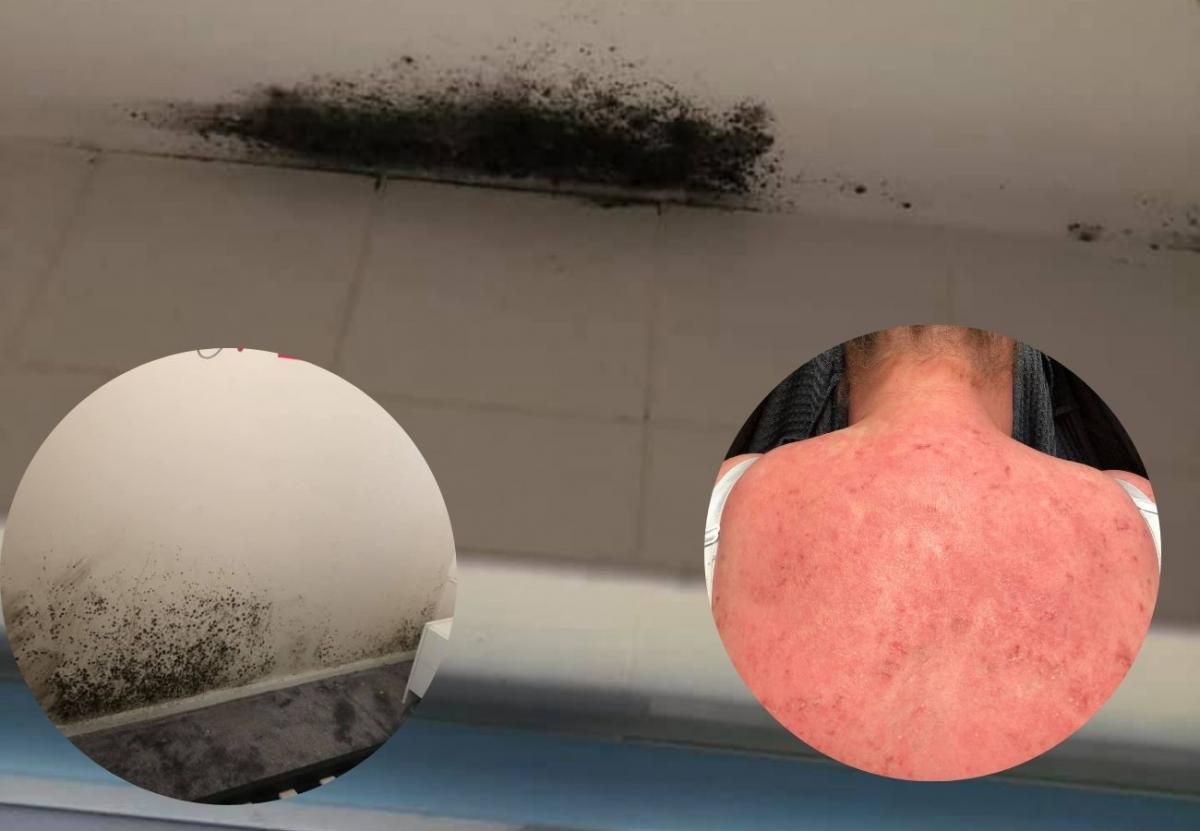Atopy
# Overview
Atopy is a tendancy towards an exaggerated immune response, produced in response to encounters with what are otherwise harmless substances in the environment. Coined by immunologists Arthur F. Coca and Robert Cooke in 1923, the term comes from the Greek atopia, meaning “unusualness,” “strangeness,” “absurdity.” Or “the state of being out of place”: A- without, topos place, named such for the inappropriate and excessive nature of the response.
The causes of atopic diseases are generally poorly understood. Similarly ambiguous are the reasons behind their shaprly rising rates of incidence. However, they are increasingly shown to be highly environmentally determined. In this sense, in some ways atopos becomes a misnomor – these are conditions that very much do have a place.
Like asthma, rhinitis and eczema are common atopic diseases. While the relationship between damp housing and the exaccerbation of pre-known atopy is more developed, the heightened risk of developing an atopic illness in such environments is increasingly demonstrable. The exact mechanisms for this association are numerous: linked to temperature and humidity, inflammatory responses to bacteria and mould exposure, increased levels of dust mites, and so on.
Those with one atopic disease are at a higher risk for developing another.
# Eczema
Eczema, or atopic dermatitis, is commonly thought of as dry skin, and something generally worsened by lower air humidity – such as in winter. So, it’s association with damp housing might at first seem unexpected. As always, balance is key – increased moisture and humidity levels are also eczema irritants. However, more significantly, damp conditions provide the ideal conditions for the proliferation of common eczema irritants, or triggers. Living with visible signs of dampness, such as visible mould and damp stains, has been shown to particularly been highlighted as a risk for developing or worsening eczema.
Though often overlooked, eczema can be a debilitating and even disabling condition that greatly impacts sufferers quality of life. This can also be related to resulting mental health problems, or side effects from common treatments such as long-term steroid use.

# Rhinitis
Rhinitis is when a reaction occurs that causes nasal congestion, runny nose, sneezing, and itching. Most types of rhinitis are caused by an inflammation and are associated with symptoms in the eyes, ears, or throat.
Likewise as with eczema, mould spores and dust mites are highly prevelent rhinitis triggers, largely driving the condition’s association with damp housing. Repeated and prolonged exposure to these can cause the onset of the condition in those with a tendency towards atopy (through genetics, or the comorbitity of another atopic disease), particularly in children, or the development of it in those without a known history of atopy.